Across 29 editions of the Summer Olympic Games, the medal has risen to become a symbol of the highest achievement in sport. First introduced for the first edition of the modern Olympic Games in 1896, the Olympic medal has a longstanding tradition associated with it.
At the first Olympic Games in 1896, competitors were not yet awarded gold medals. Instead, first place finishers received a silver medal, an olive branch, and a diploma, while the second place finishers won a bronze medal. In a similar fashion, winners at the 1900 Olympic Games won a silver medal, while second place also received a silver medal. These Olympics were the first Games to award the third place finishers bronze medals.
Podium finishers were first awarded gold, silver, and bronze medals at the 1904 Olympic Games in St. Louis, a tradition that still stands to this day. From 1904 until 1912, all Olympic gold medals were made of solid gold, while silver and bronze medals were also made out of the natural minerals. After 1920, Olympic medals were often composed of different materials than gold, silver, and bronze. According to the IOC, modern Olympic gold medals must be composed of at least 92.5% of silver, plated with 6 grams of gold, silver medals must be composed of 92.5% silver, and bronze medals should have a composition of approximately 97% copper with 0.5% tin and 2.5% zinc. However, for the 2020 Olympic Games, the bronze medals were composed of 95% copper and 5% zinc. Olympic medals must also meet certain guidelines pertaining to their size, with a minimum diameter of 60 mm and a minimum thickness of 3mm.
Throughout the years, there have been many different variations of the Olympic medal as each individual host country is tasked with designing its own medal. At the first Olympic Games, officials elected to use a round medal shape, which has become the standard shape for medals since then. The only exception to this came at the second Olympic Games in 1900, when the medals were rectangle shaped. From 1928 until 1968, the medal design was standardized to feature the Greek goddess of victory on one side and triumphant competitor on the other. For the 1972 Games in Berlin, organizers changed the backside of the medal to feature Castor and Pollux, the twin sons of Zeus and Léda, setting a new standard that has been used ever since then.
Summer Olympic Medal Designs
| Year | Location | Medals (front/back) via IOC |
| 1896 | Athens, Greece | 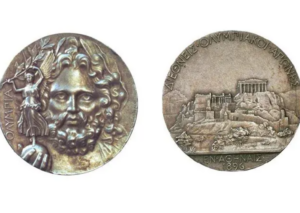 |
| 1900 | Paris, France | 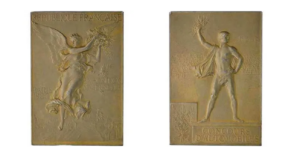 |
| 1904 | St. Louis, Missouri |  |
| 1908 | London, England | 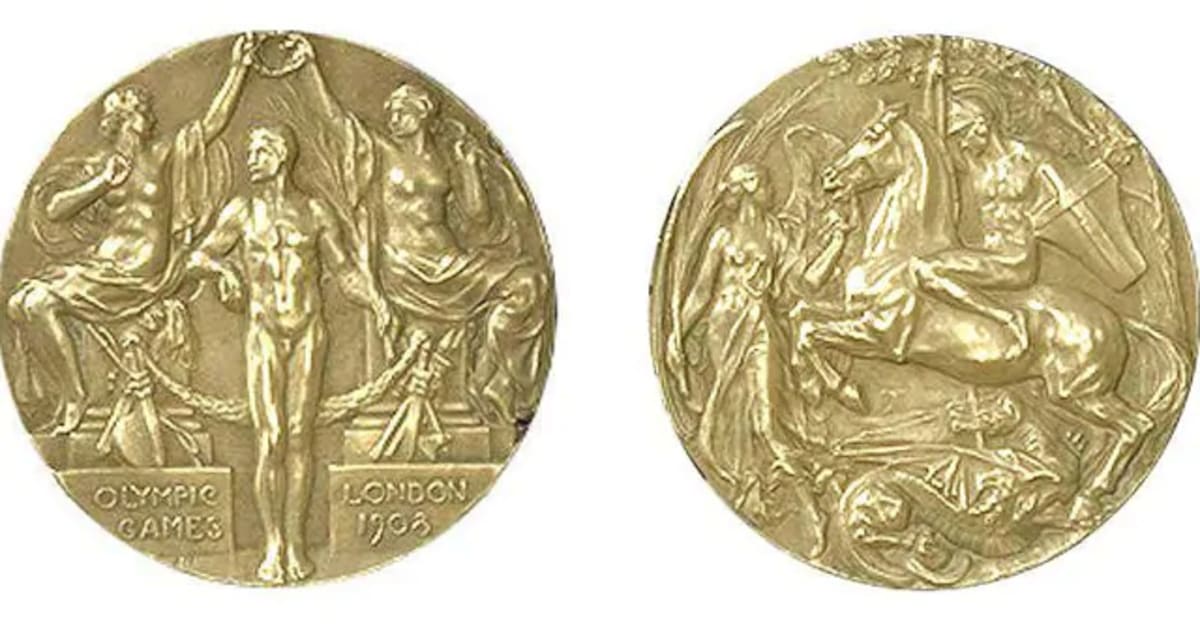 |
| 1912 | Stockholm, Sweden |  |
| 1920 |
Antwerp, Belgium
|
 |
| 1924 | Paris, France |  |
| 1928 |
Amsterdam, Netherlands
|
 |
| 1932 |
Los Angeles, California
|
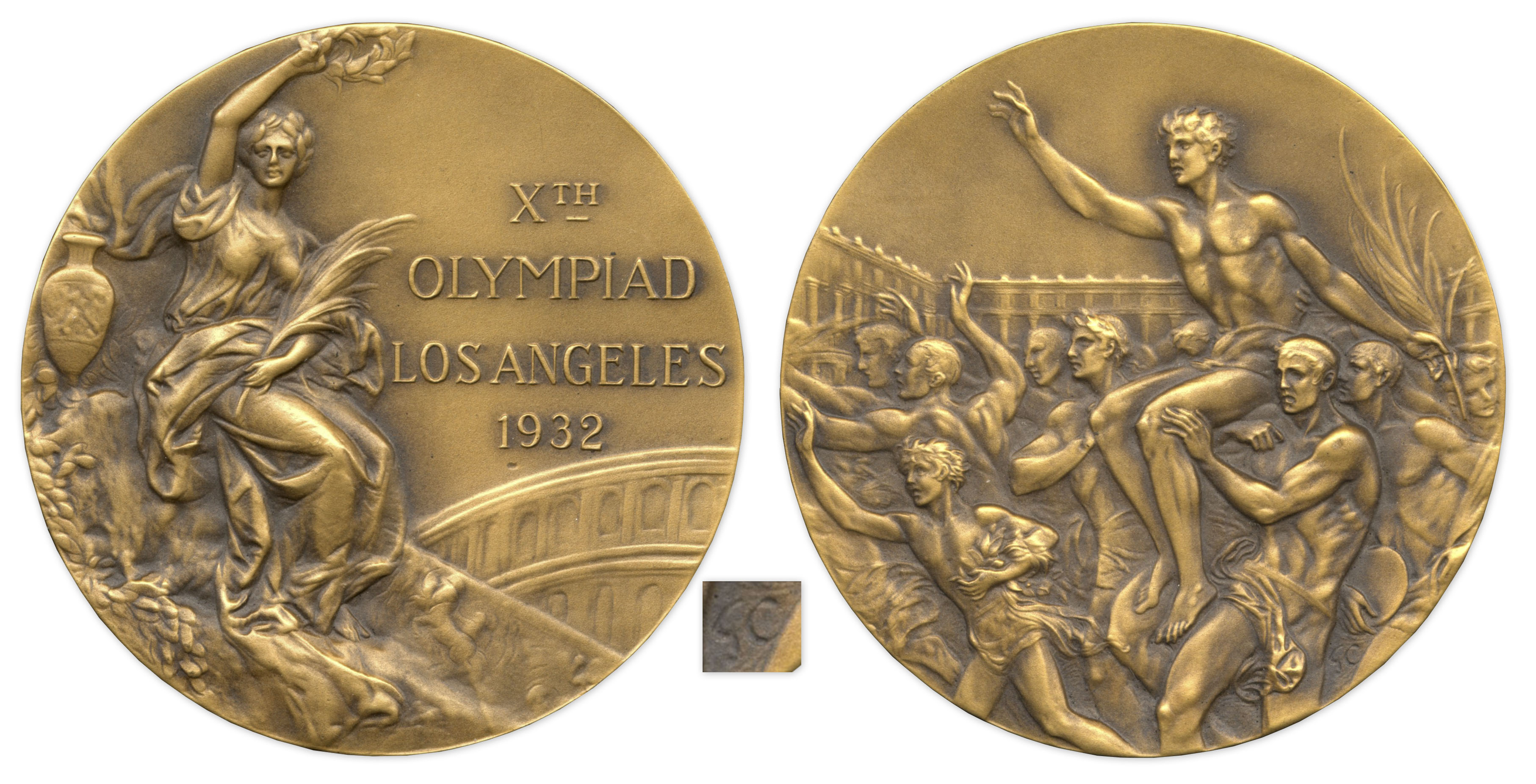 |
| 1936 | Berlin, Germany |  |
| 1948 |
London, England
|
 |
| 1952 | Helsinki, Finland |  |
| 1956 |
Melbourne, Australia
|
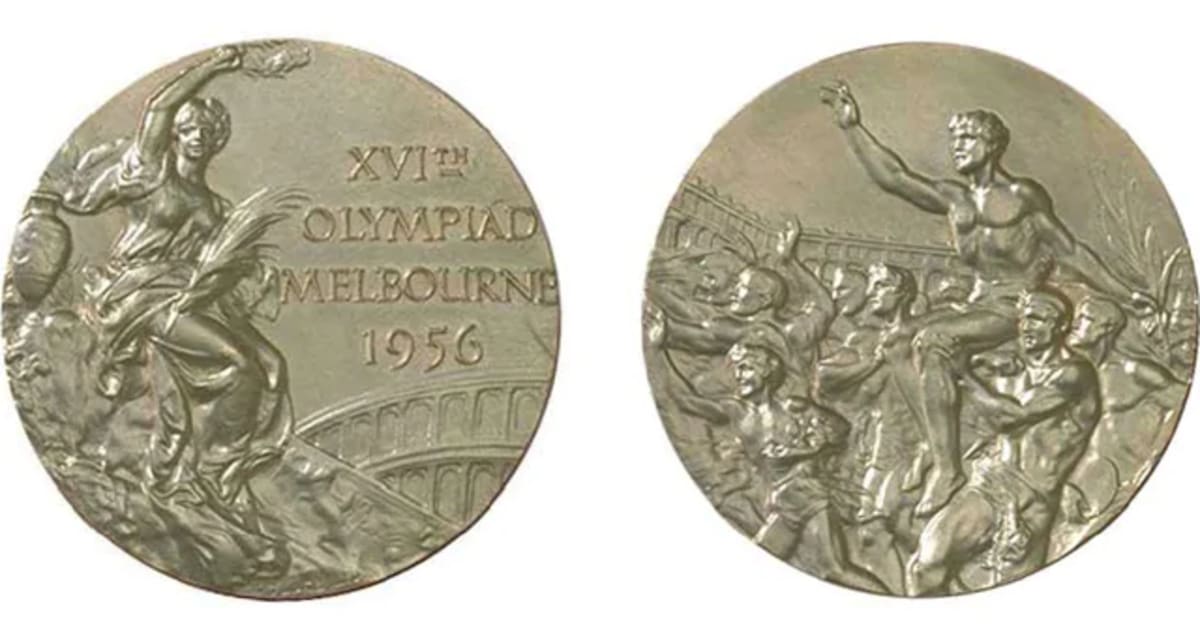 |
| 1960 | Rome, Italy |  |
| 1964 | Tokyo, Japan |  |
| 1968 |
Mexico City, Mexico
|
 |
| 1972 |
Munich, Germany
|
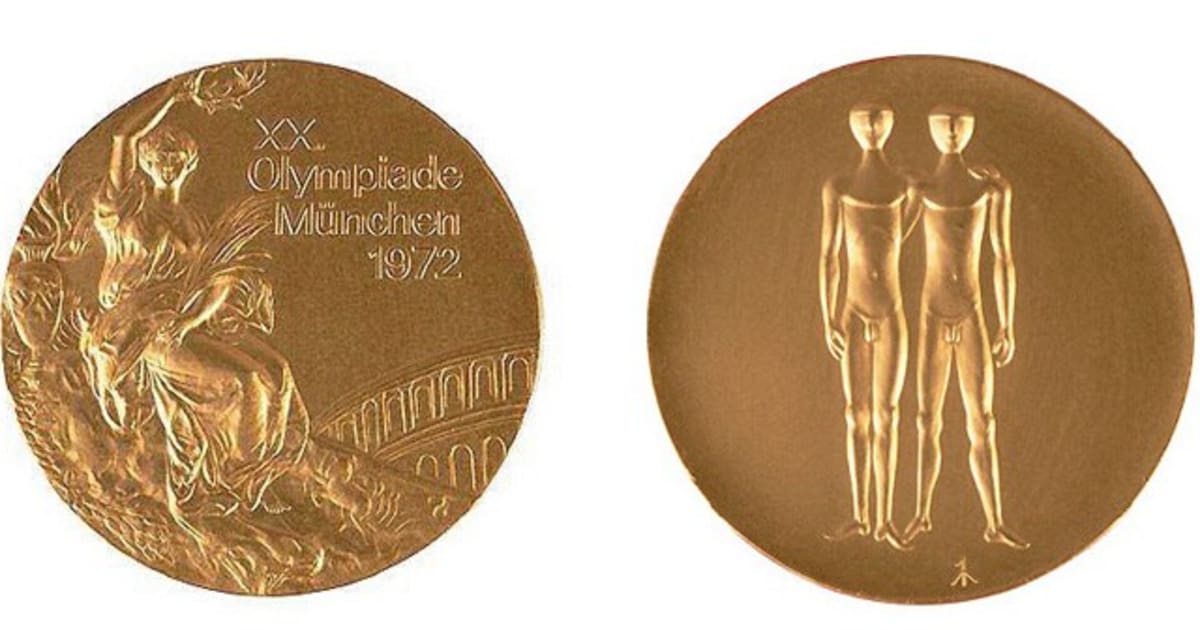 |
| 1976 |
Montreal, Canada
|
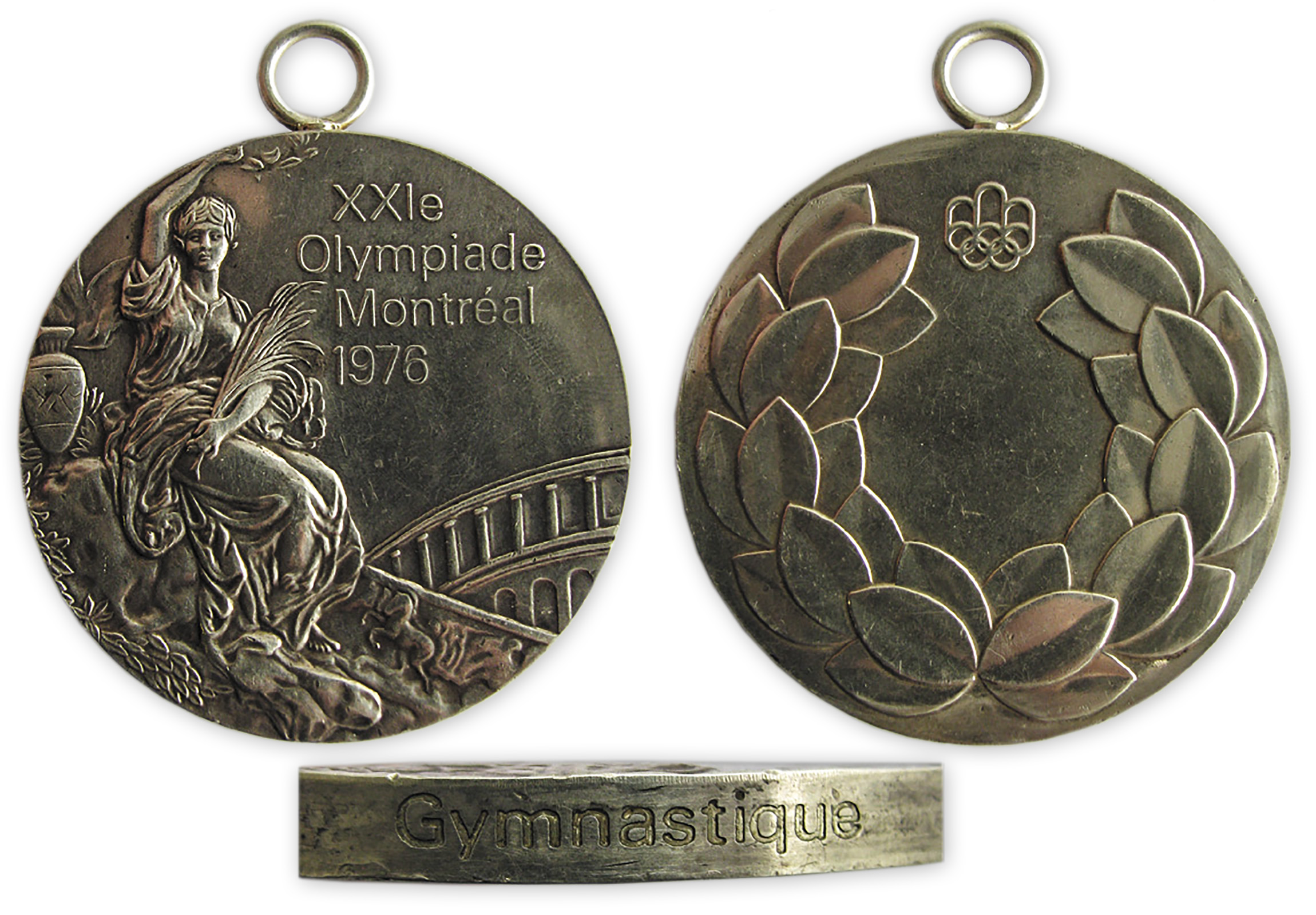 |
| 1980 |
Moscow, Soviet Union
|
 |
| 1984 |
Los Angeles, California
|
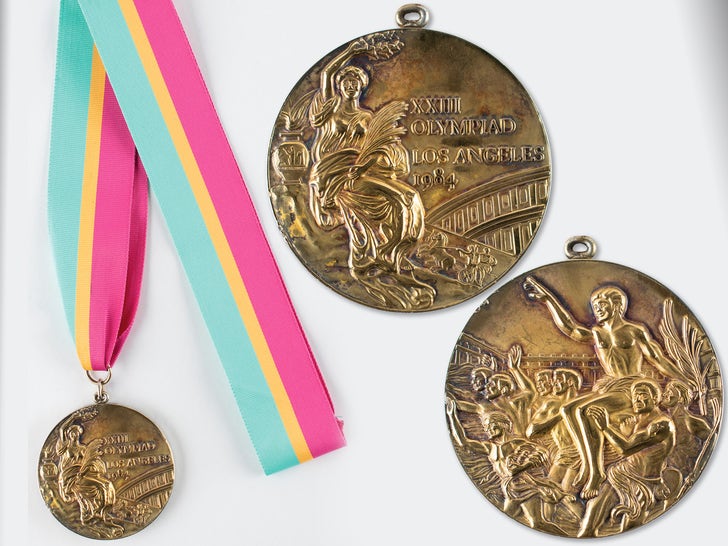 |
| 1988 |
Seoul, Republic of Korea
|
 |
| 1992 |
Barcelona, Spain
|
 |
| 1996 | Atlanta, Georgia | 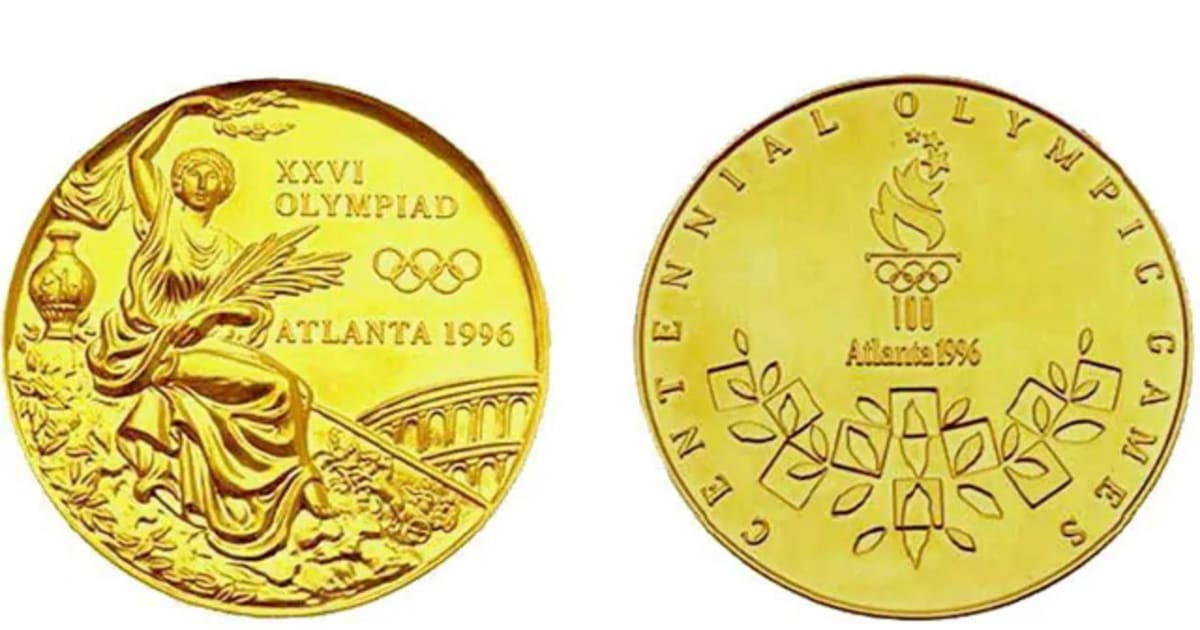 |
| 2000 |
Sydney, Australia
|
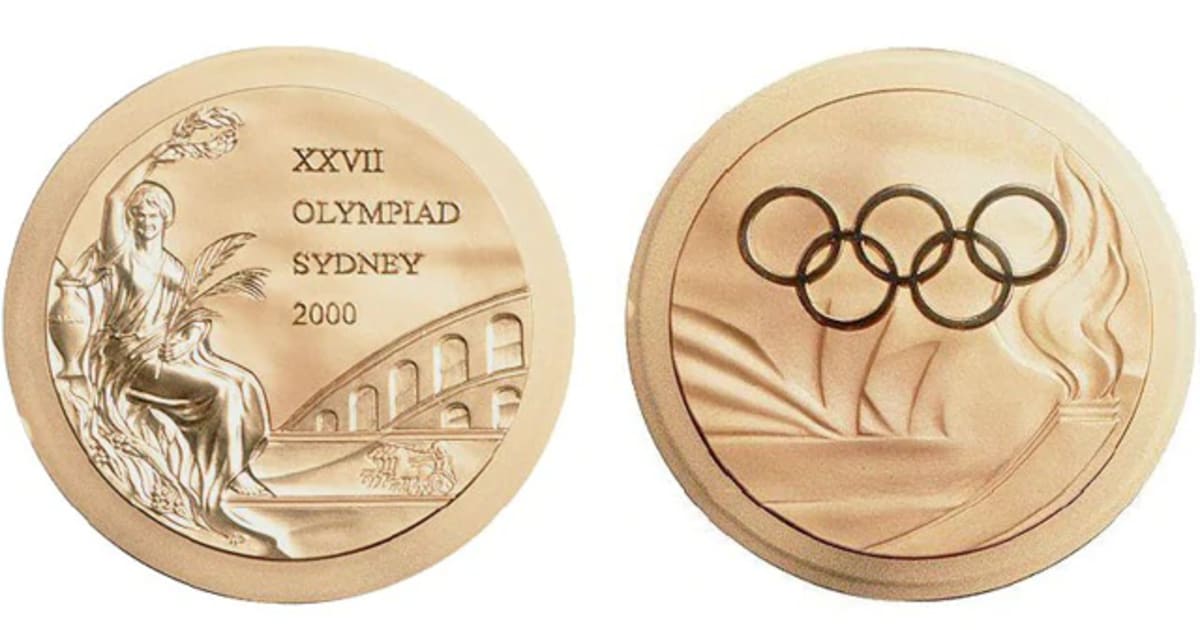 |
| 2004 | Athens, Greece | 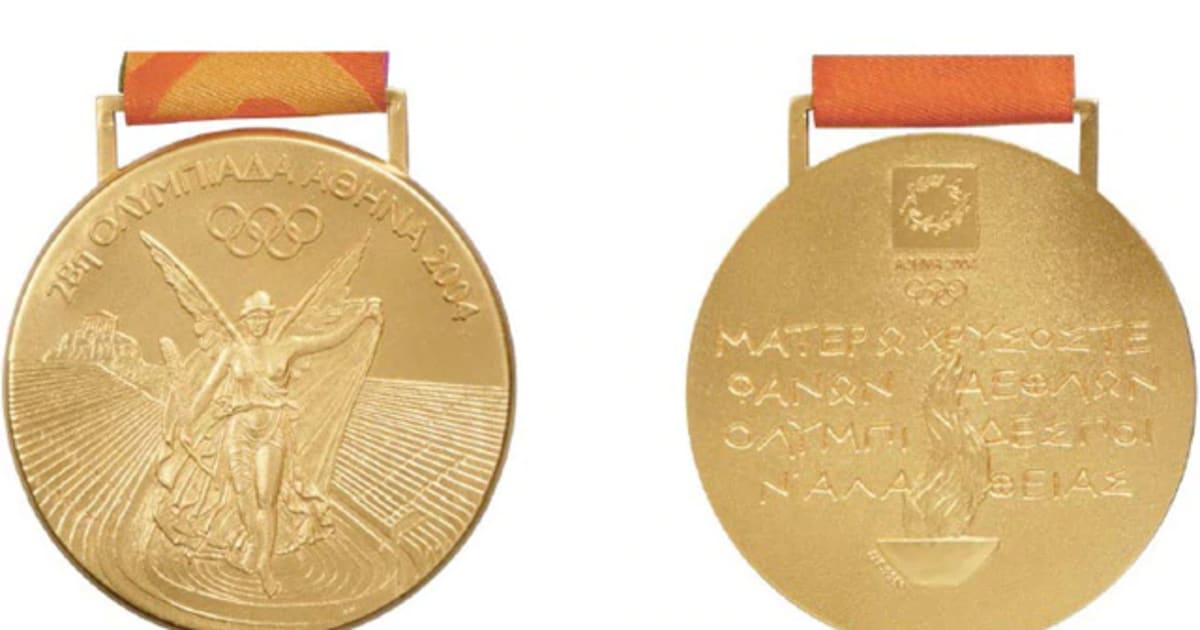 |
| 2008 | Beijing, China | 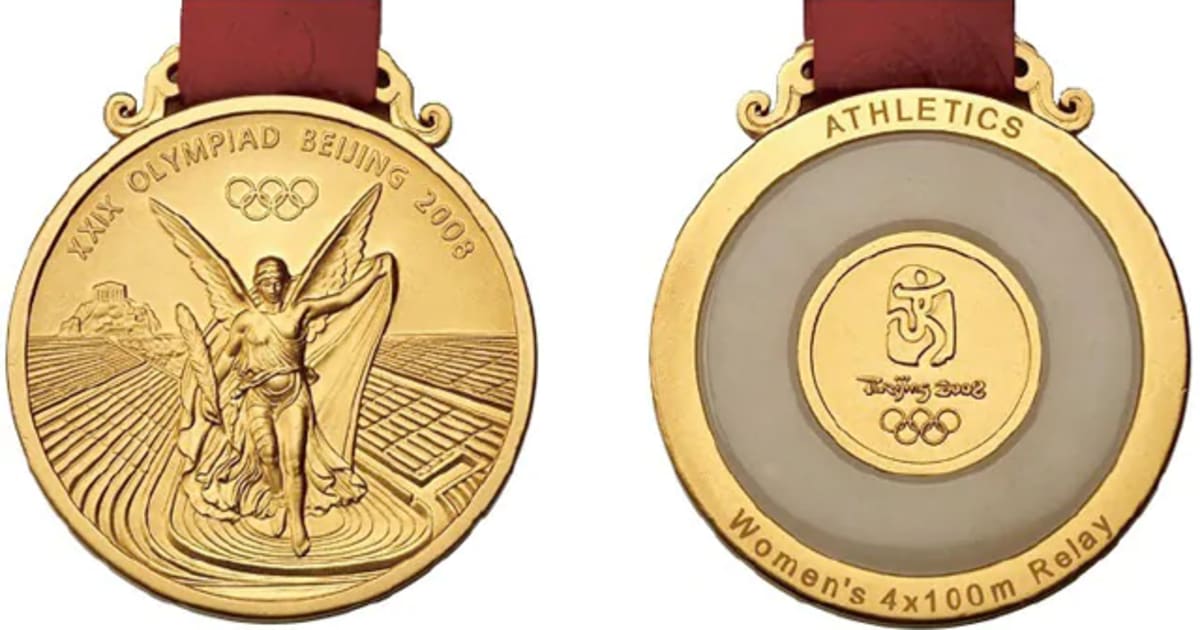 |
| 2012 |
London, Great Britain
|
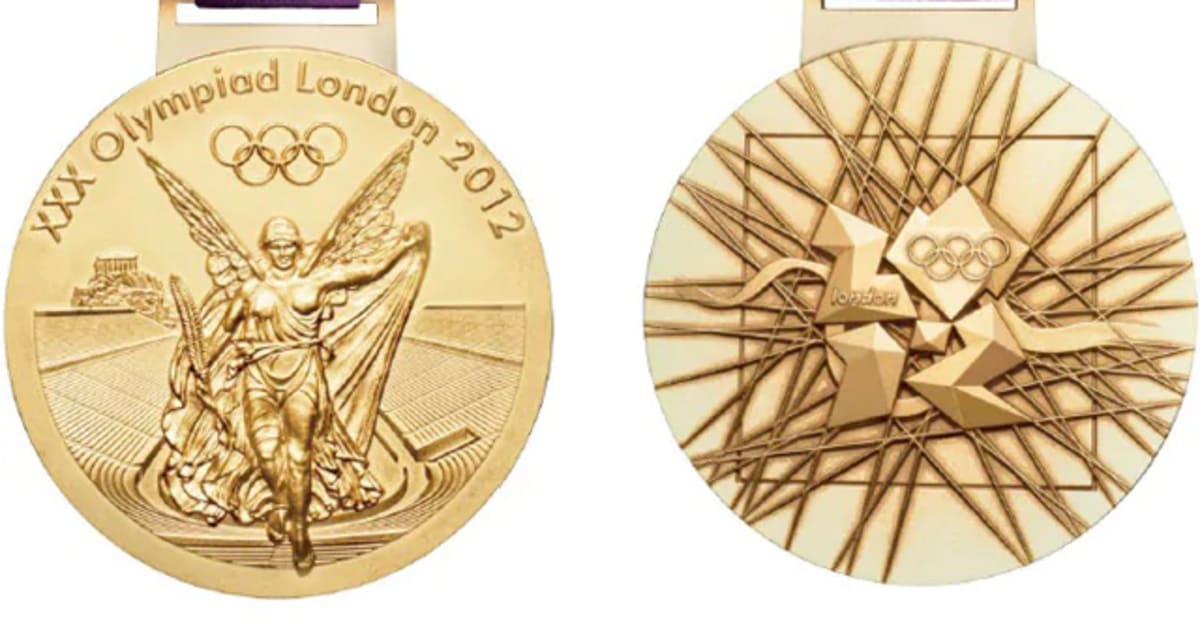 |
| 2016 |
Rio de Janeiro, Brazil
|
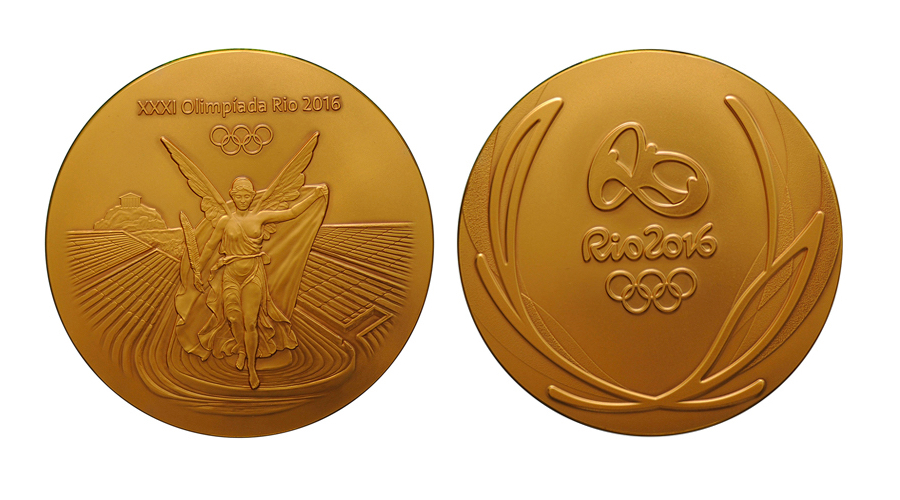 |
| 2020 | Tokyo, Japan | 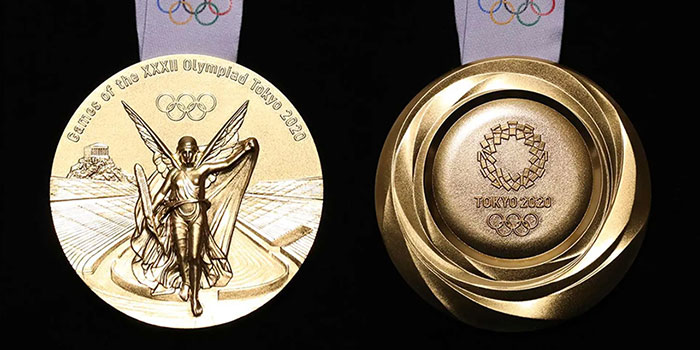 |
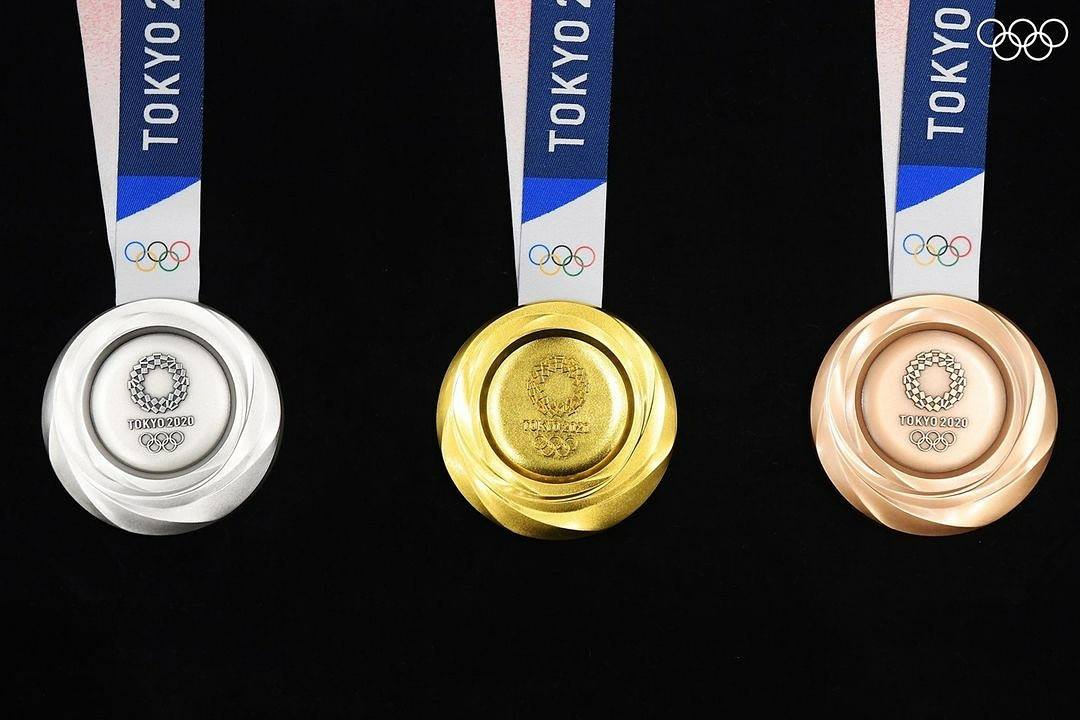
Interesting.
Great article and pictures. Thanks
I think the 1992 Barcelona is the most handsome medal (gotta agree with me there, right Melvin!).
The oddest one is the REVERSE side of the 1972 Munich medal (check it out). It looks like it’s celebrating “Pride Month.”
Castor and Pollux? They’re brothers.
bingo!
All beautiful and unique in their own way, but I do love 1896 Athens and 2008 Beijing.
Thanks for the history lesson 🙂
Athens missed a great opportunity to bring back the 1896 medal design when they hosted the games in 2004.
Yes!!! You’re so right. That’s exactly what they should have done.